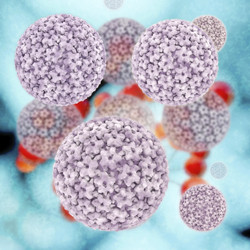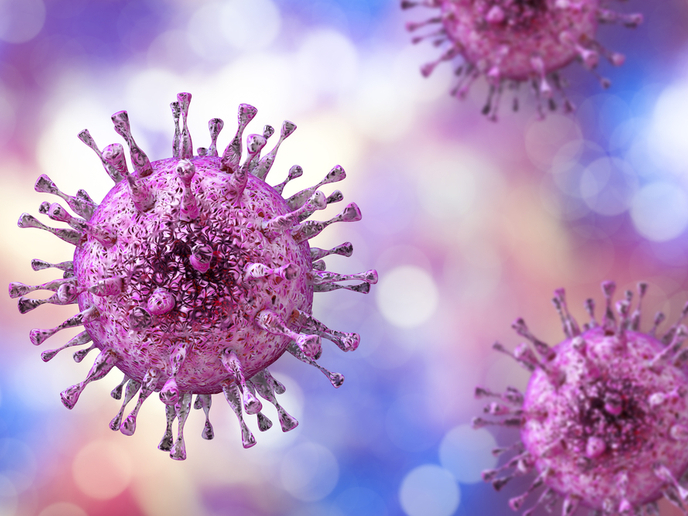Cervical cancer prevention strategy
Persistent human papillomavirus (HPV) infection causes CC. There are at least fourteen different HPV types. However, types 16 and 18 are responsible for the majority of CC. HPV is also implicated in penile cancer in men, vaginal and vulvar cancer in women and in oropharyngeal and anal cancer in both men and women. The aetiological link between HPV and CC has prompted the development of vaccines and new screening tests. The EU-funded 'Health-economic modelling of prevention strategies for HPV-related diseases in European countries' (PREHDICT)(opens in new window) consortium worked on determining prerequisites and strategies for HPV vaccination and cervical screening in European countries. The consortium recognised that the variations across European countries in CC control strategies require objective data-supported criteria for cancer prevention. Researchers have created a large evidence base on HPV-related disease by systematically collecting and summarising data on incidence of HPV infections and disease. The database includes information on effectiveness of vaccination, performance of novel screening methods, screening practice, life style and demographics. The results of the survey will be used to highlight strengths and weaknesses of existing prevention efforts. An important part of PREHDICT has been the development of mathematical models for the transmission of HPV between males and females. The models clearly indicated that both vaccinated and unvaccinated women benefit from a female HPV16/18 vaccination programme. The models predicted substantial herd immunity effects which will guide further work on implementing HPV vaccination programmes. Both simple and more complex individual-based Markov models were used to analyse cost-effectiveness. The impact of vaccinating adolescent girls to minimise HPV spread in the population was assessed as well as the additional impact of vaccinating boys. HPV16/18 vaccination of 12-year-old girls proved to be very cost-effective in the countries where prevention against CC is scarce and the disease burden is high. A major result of the project was that from the evidence base, the scientists were able to demonstrate the HPV-based screening provides 60-70% greater protection against cervical cancer than cytology (Lancet 2014). Cost-effectiveness of vaccination in Eastern European countries had not previously been established and the results of PREHDICT could guide creation of new prevention policies. In addition, the modelling results can be used to design integrated vaccination and screening programs using novel screening instruments.







